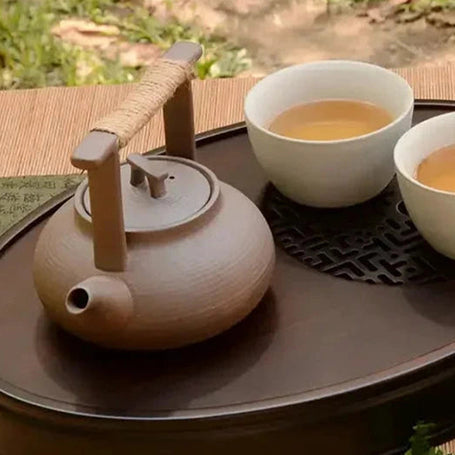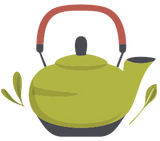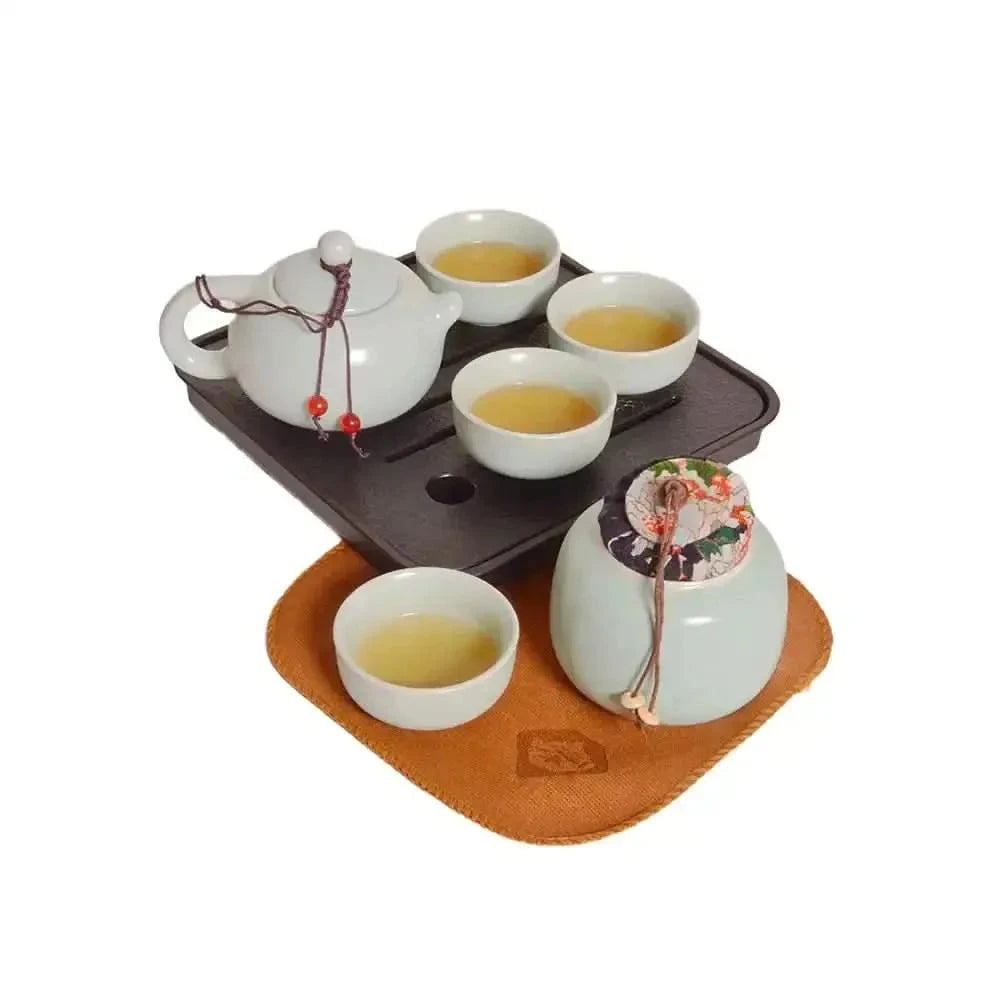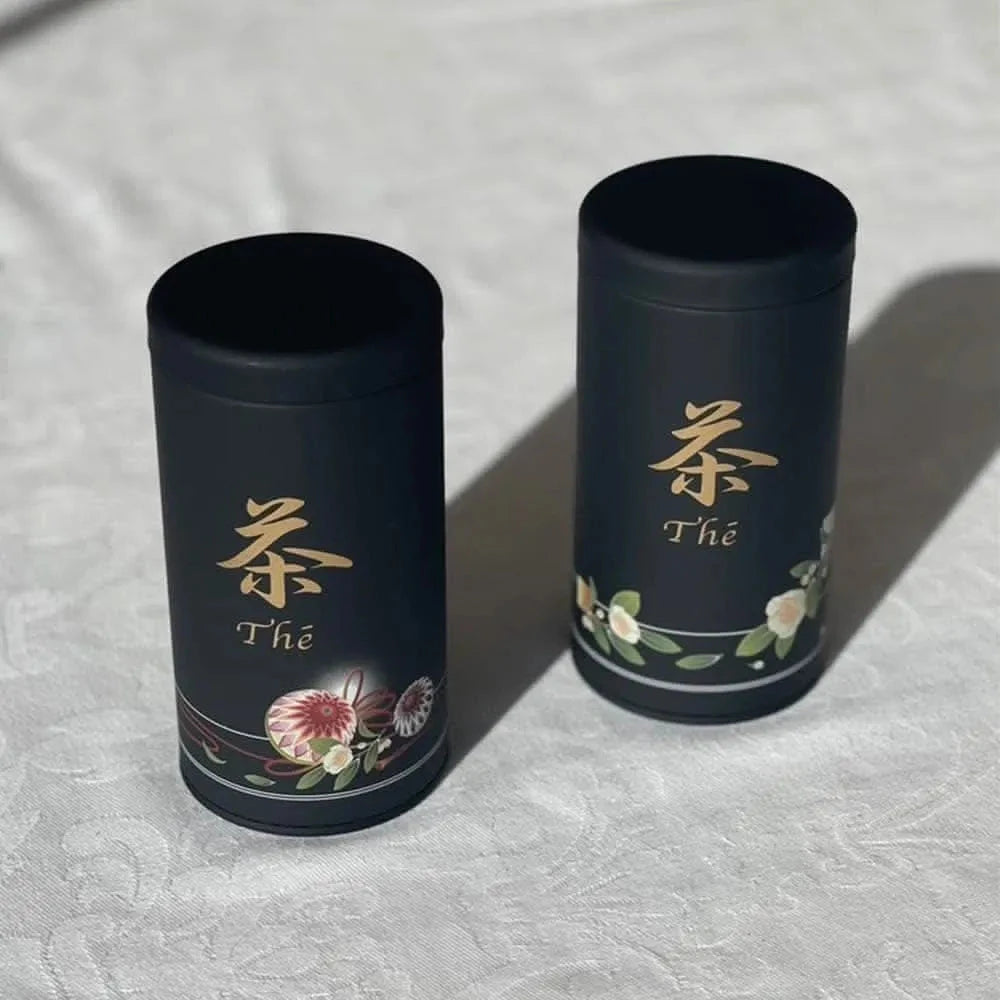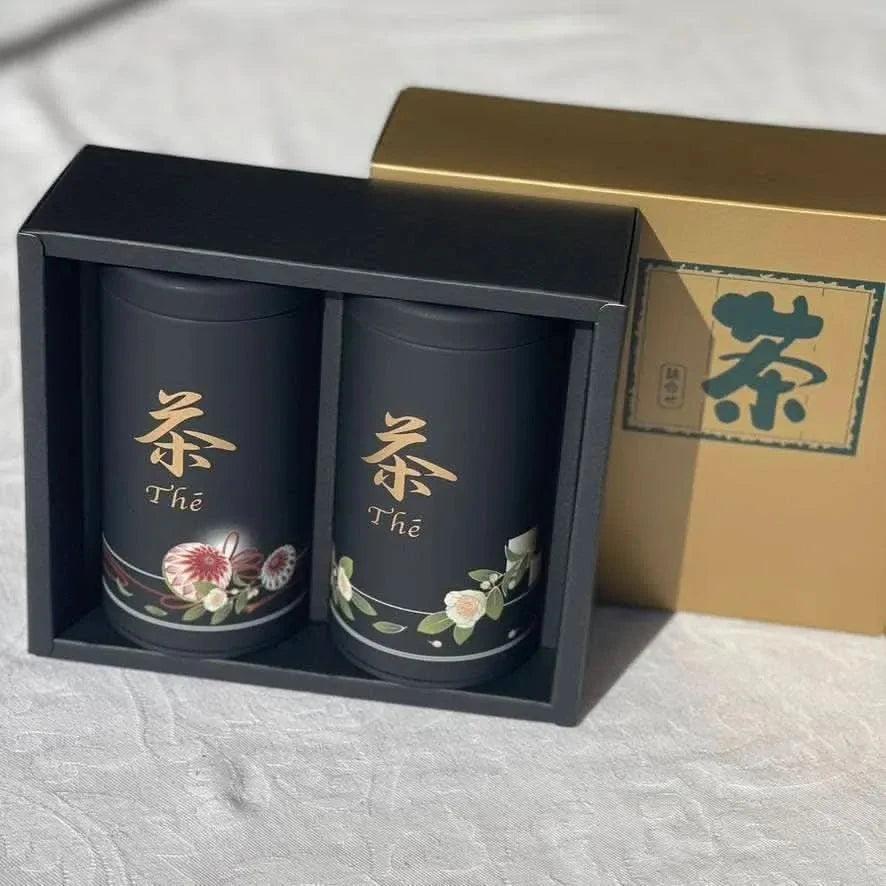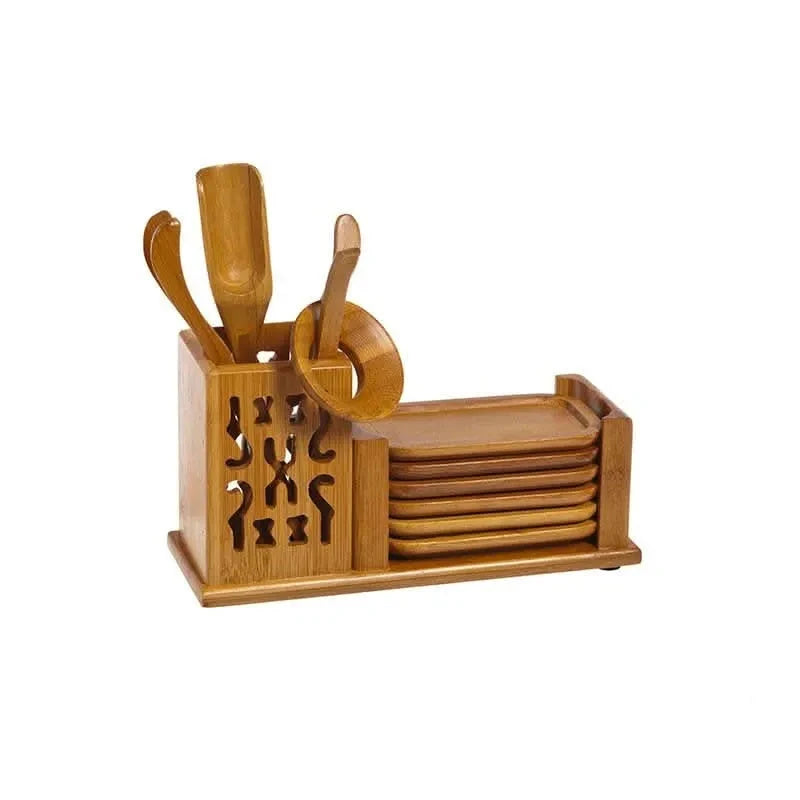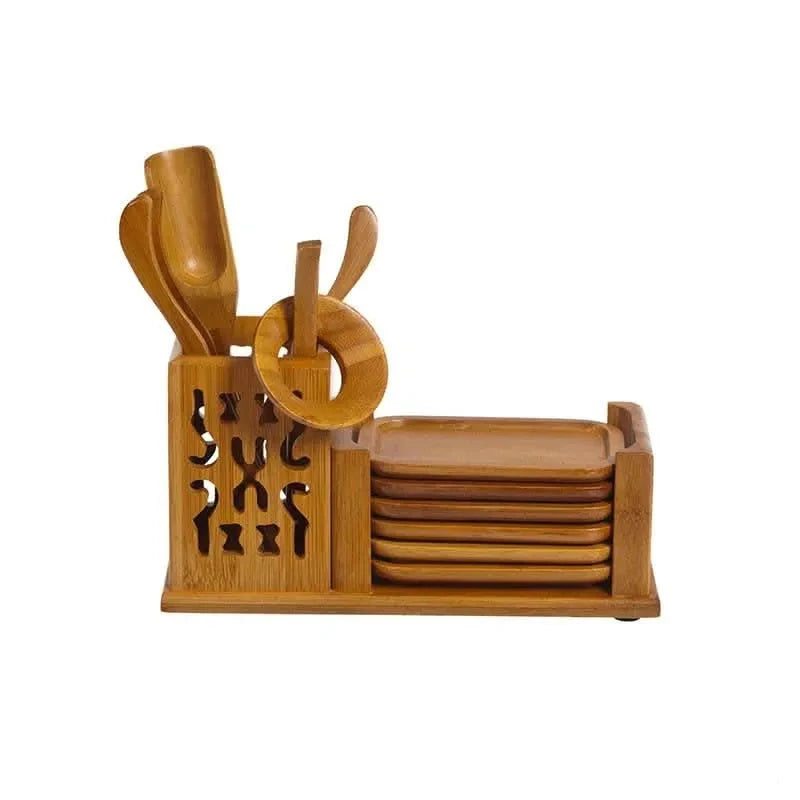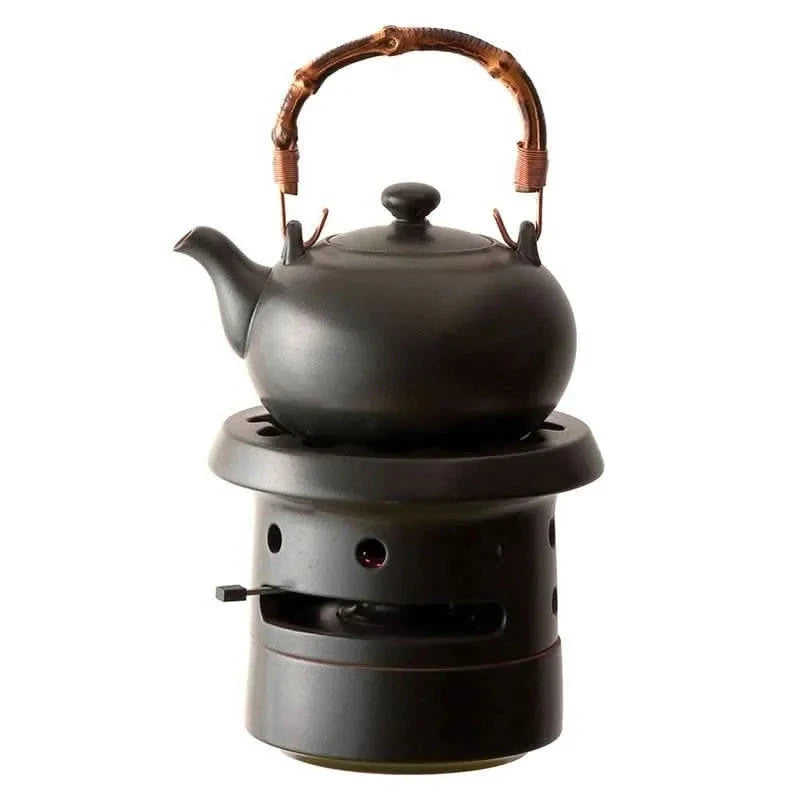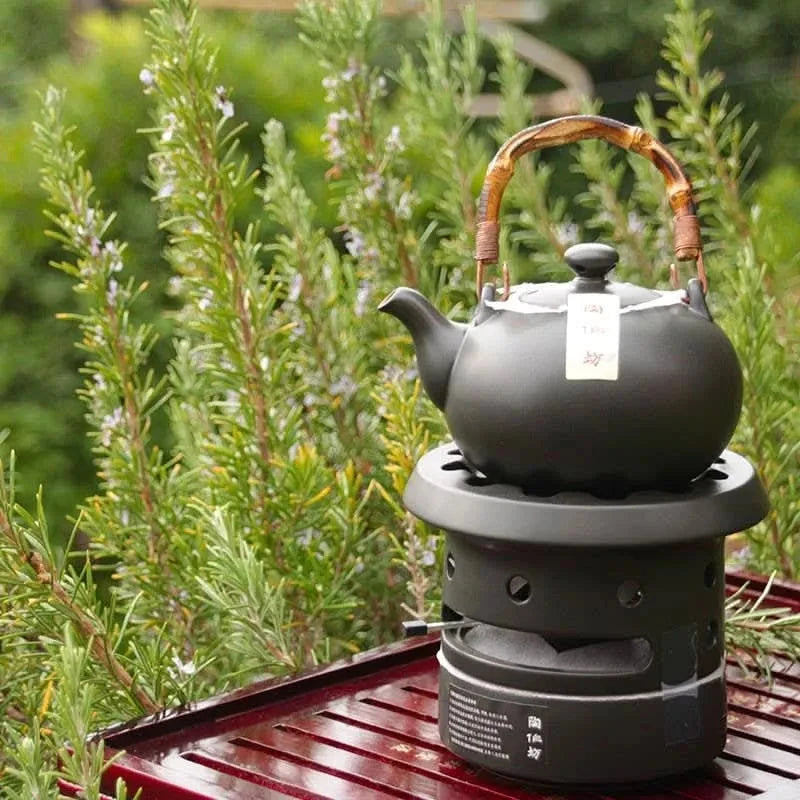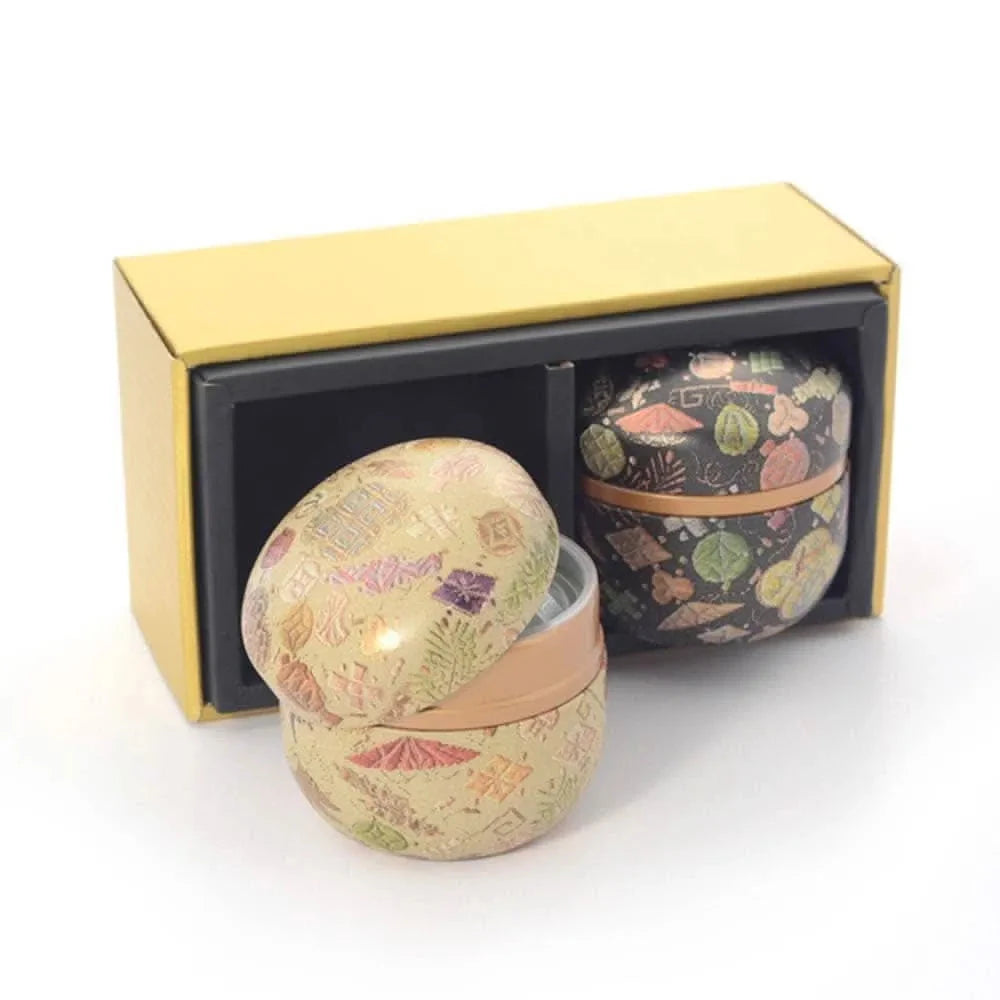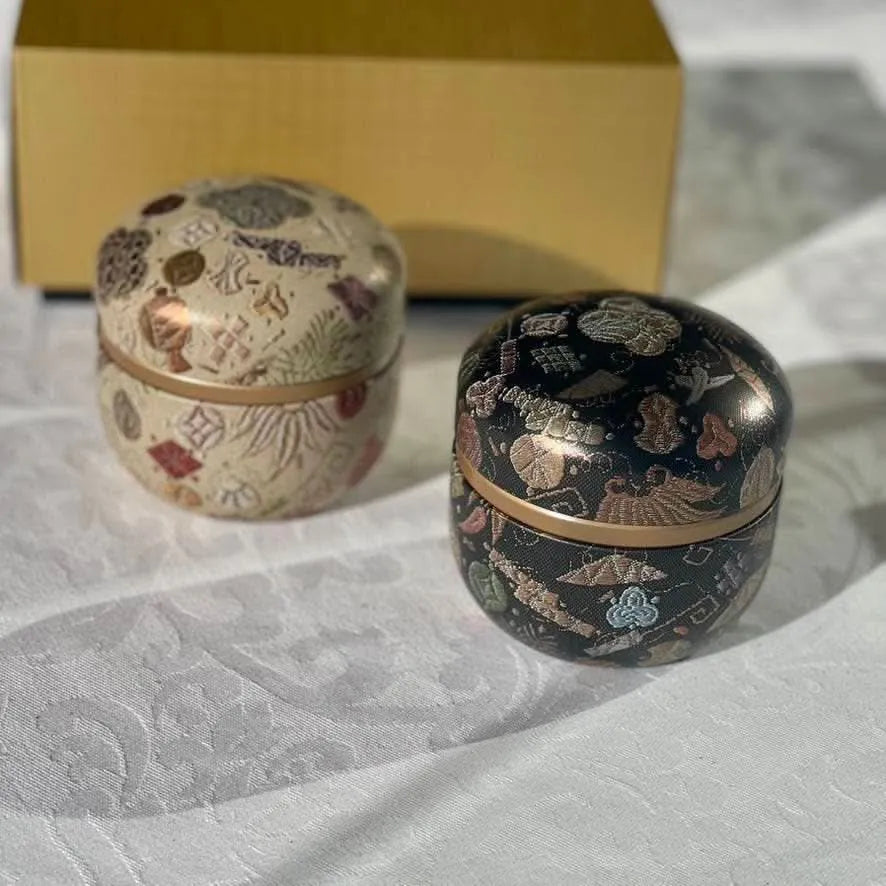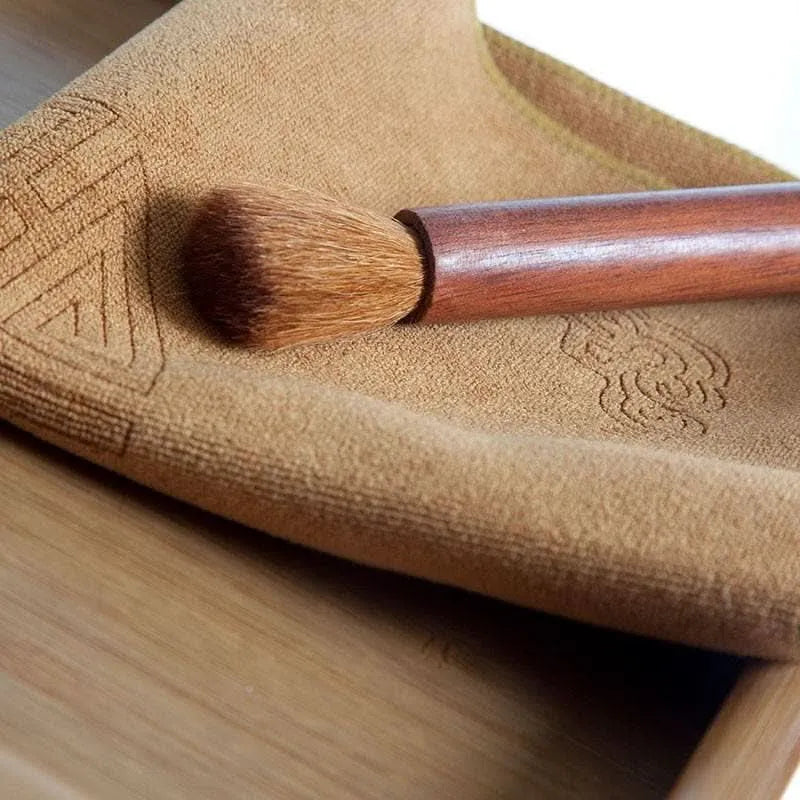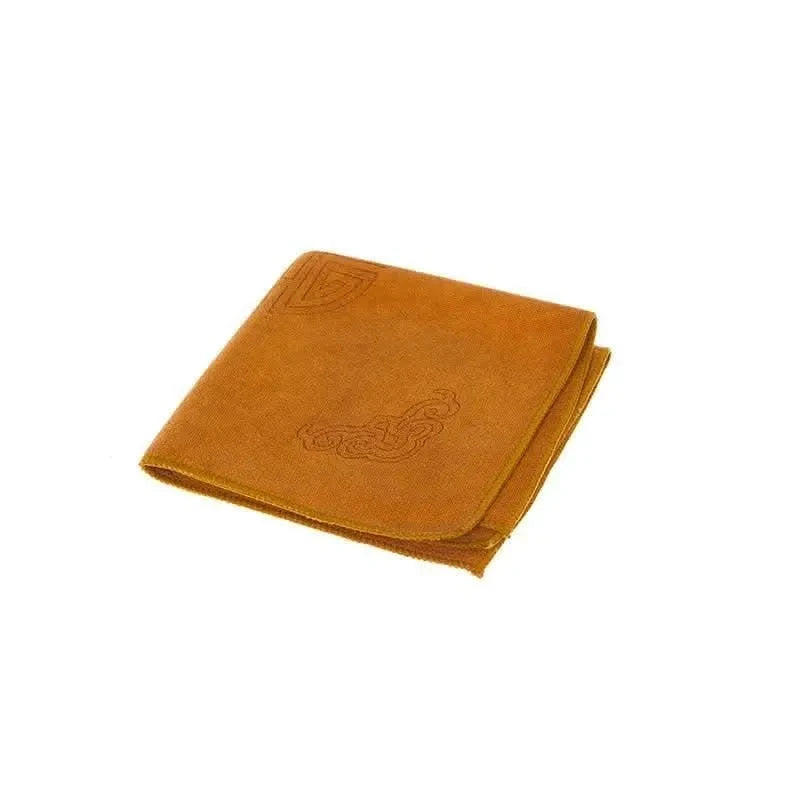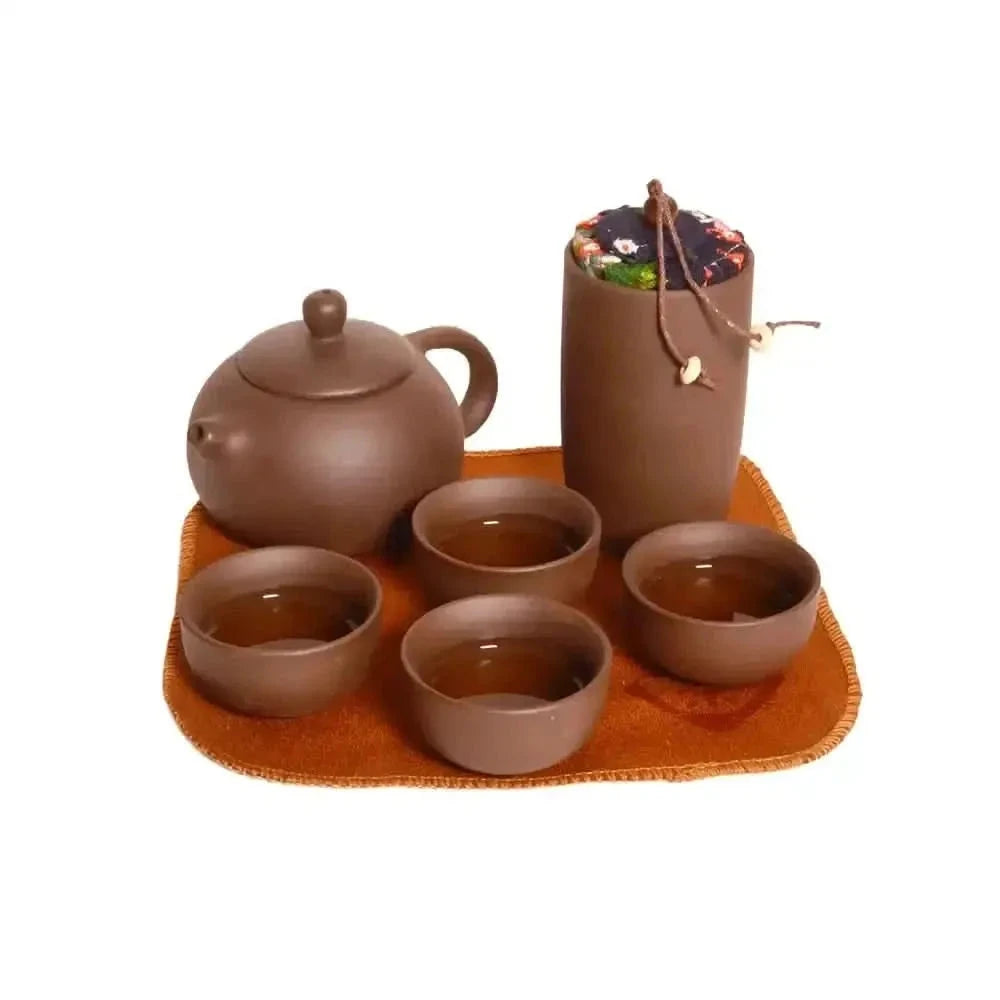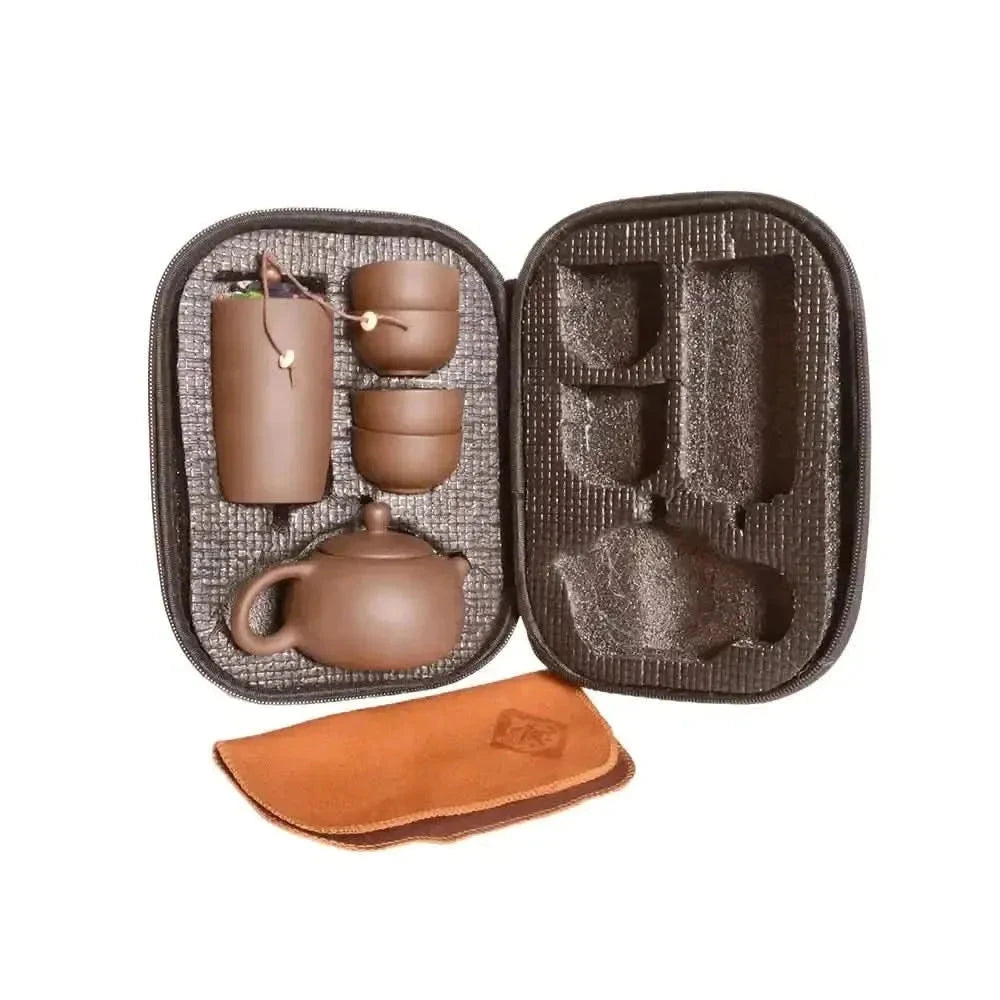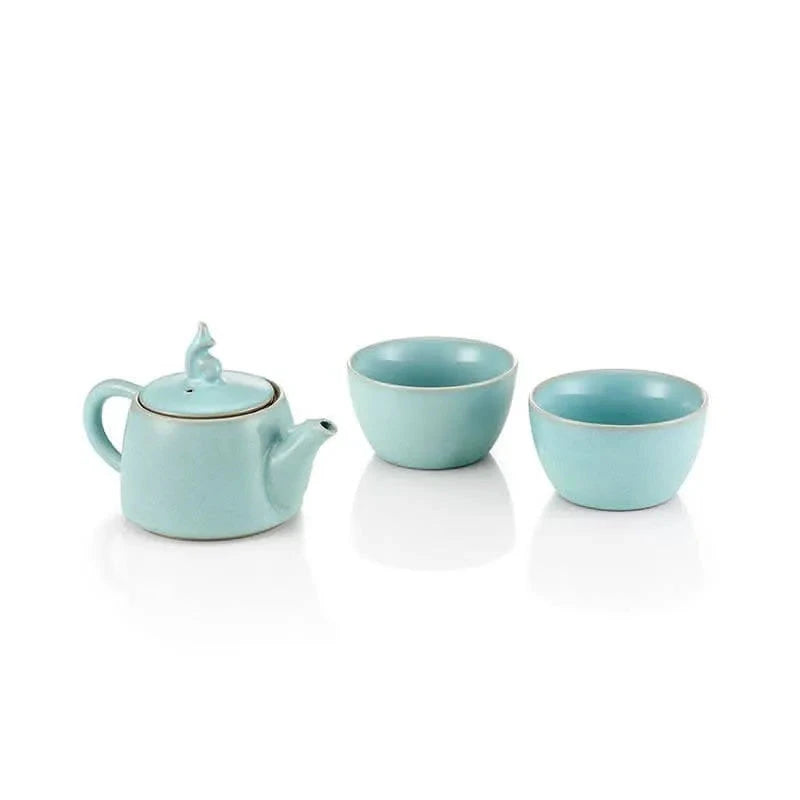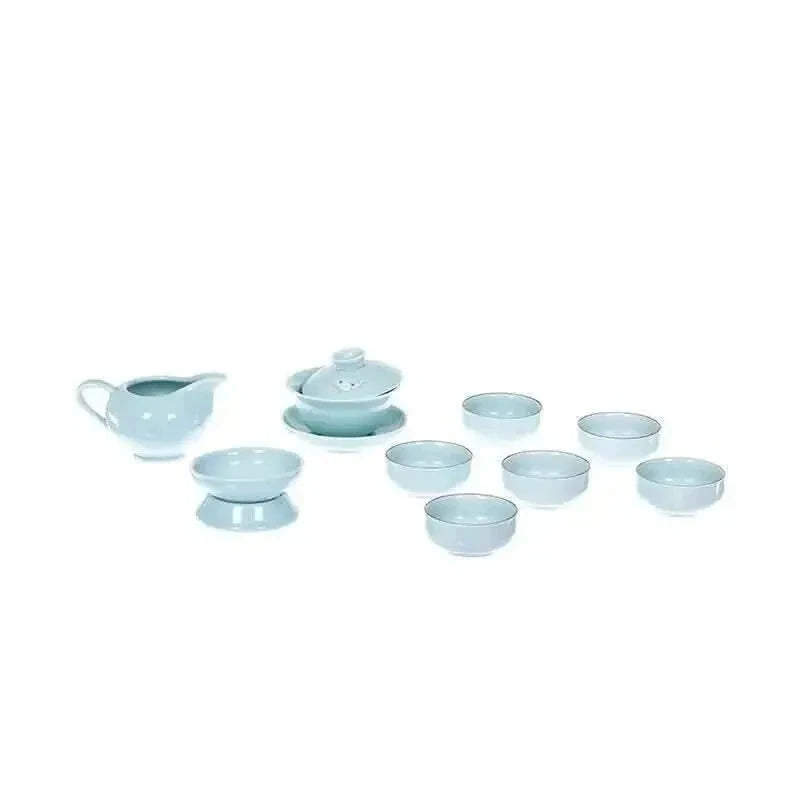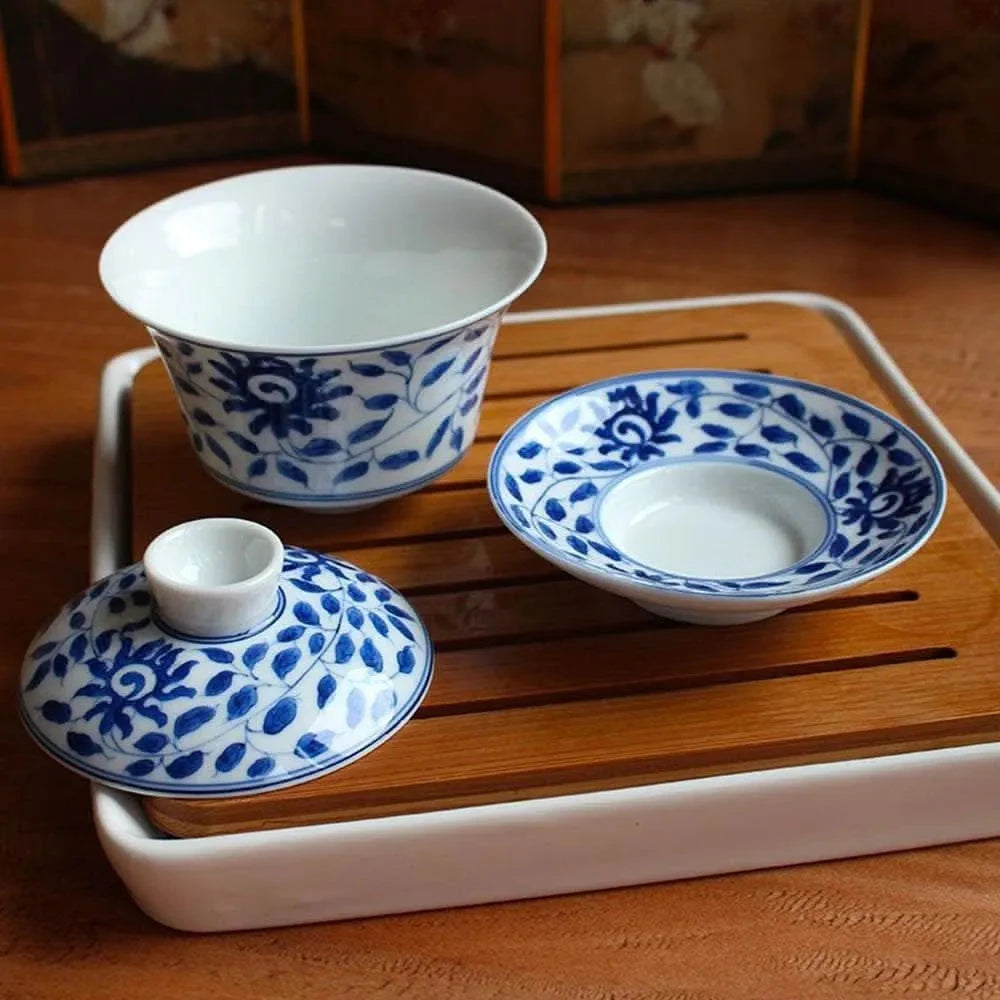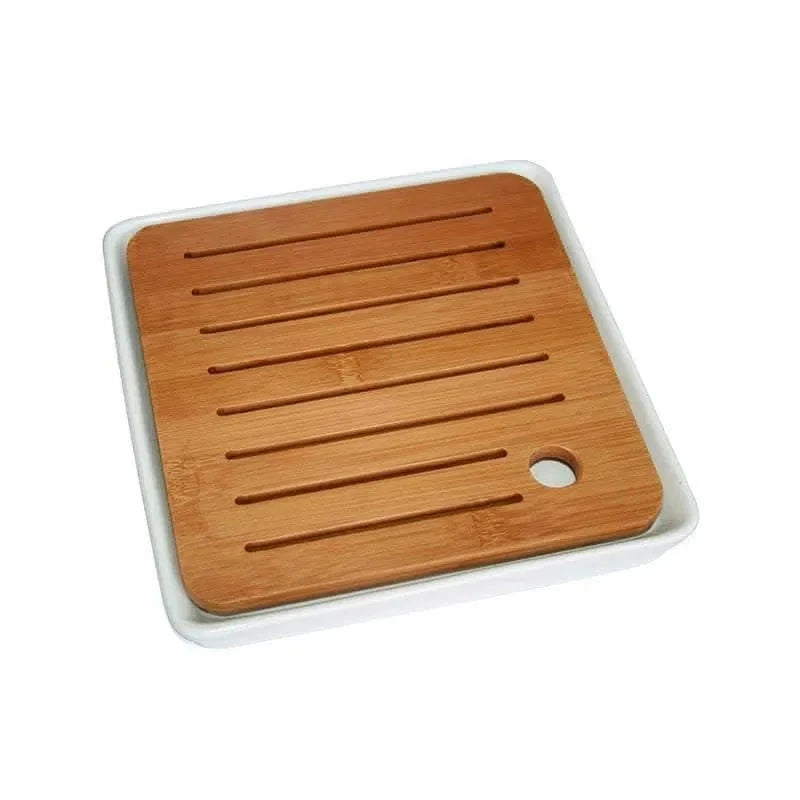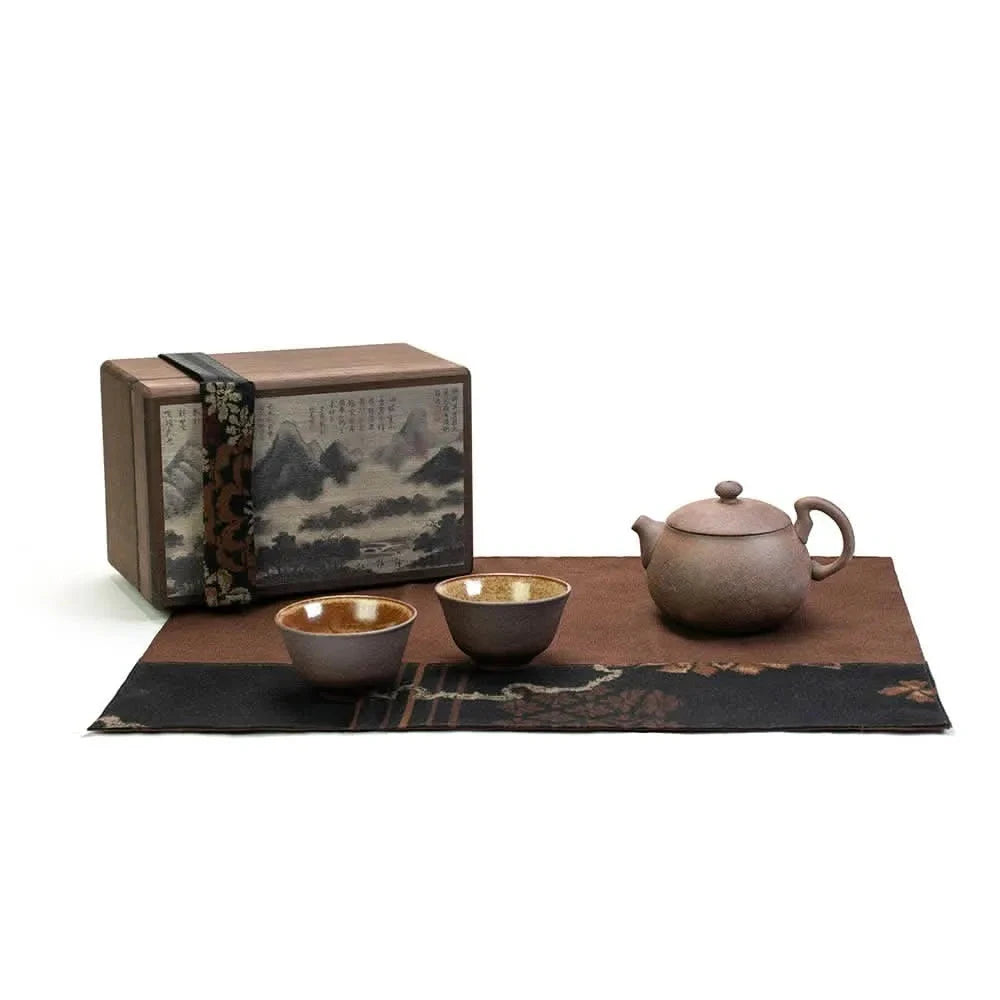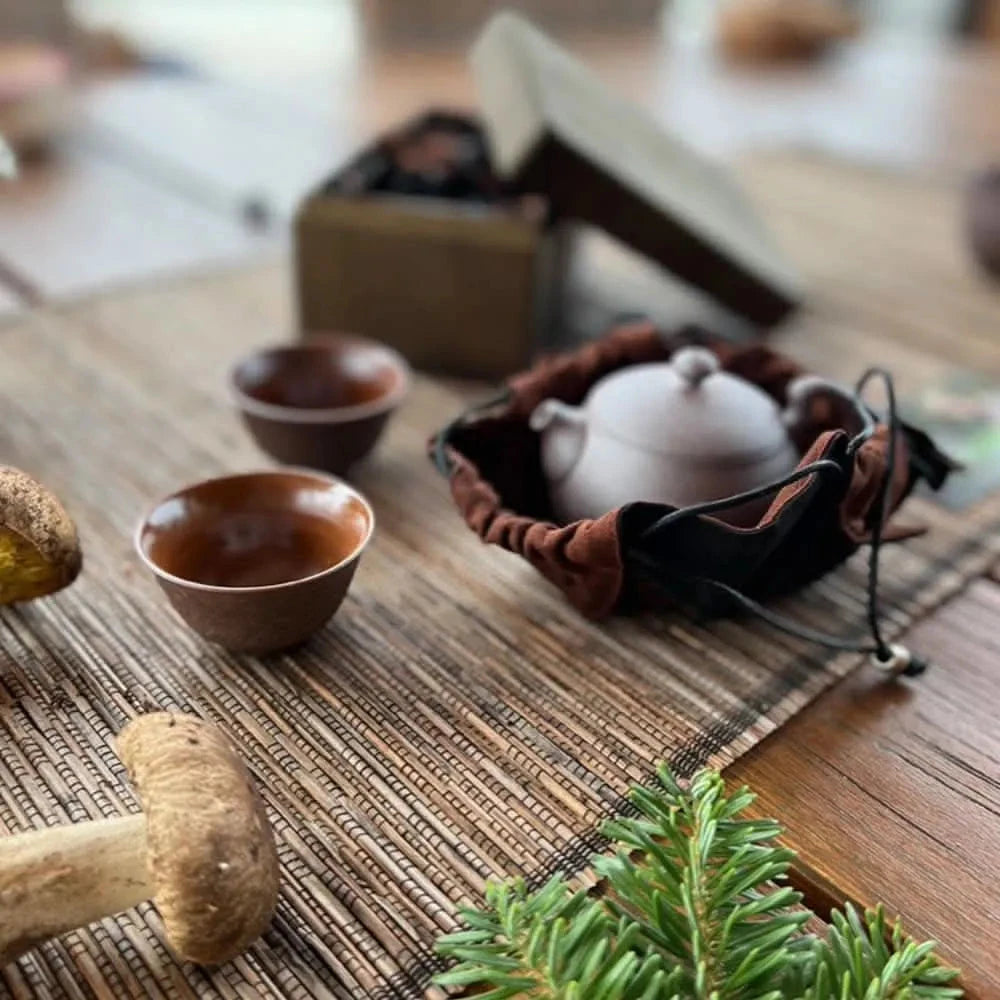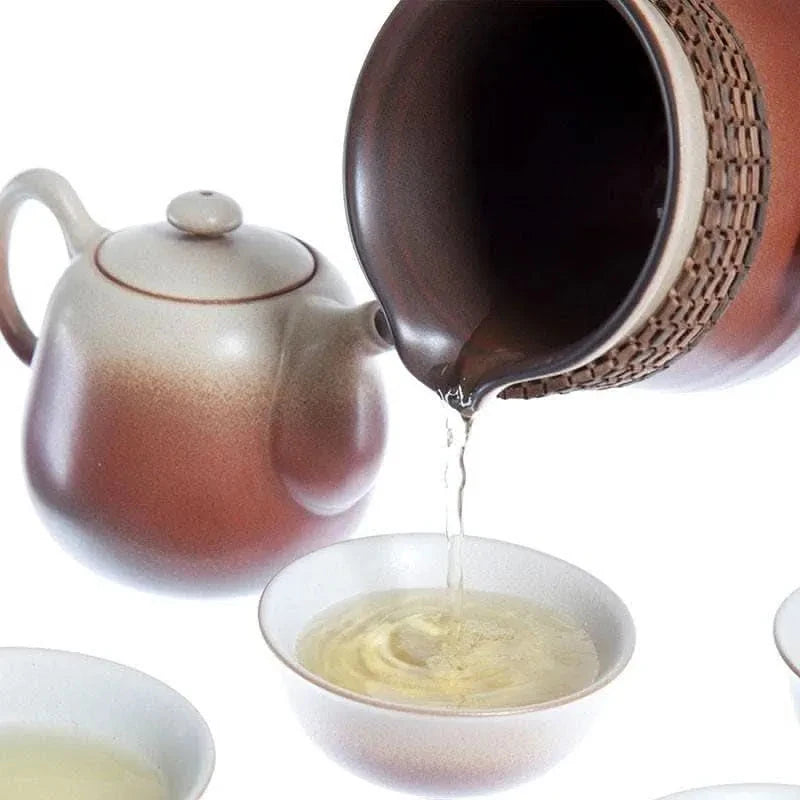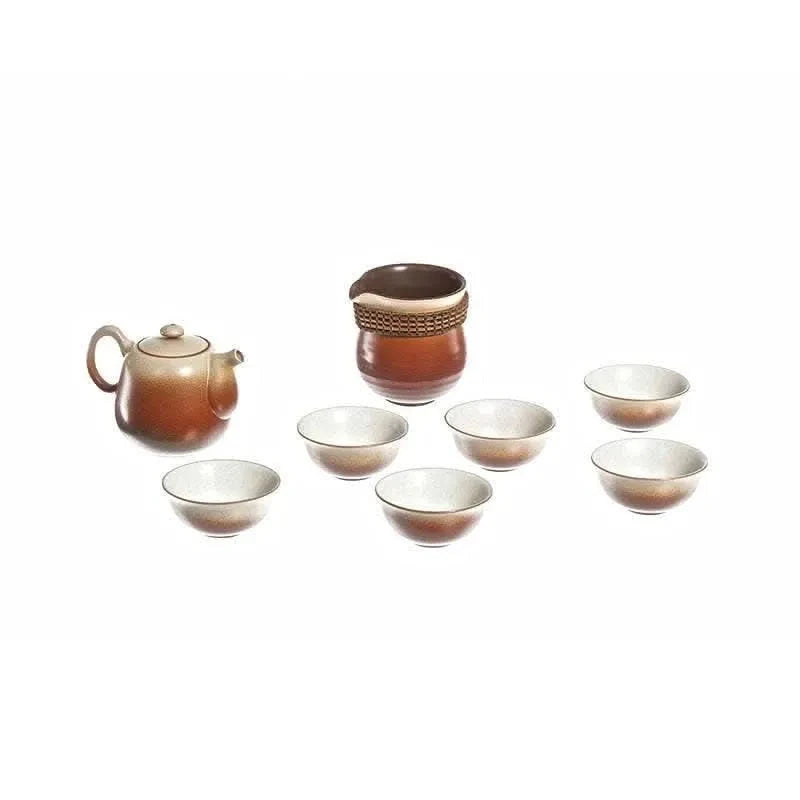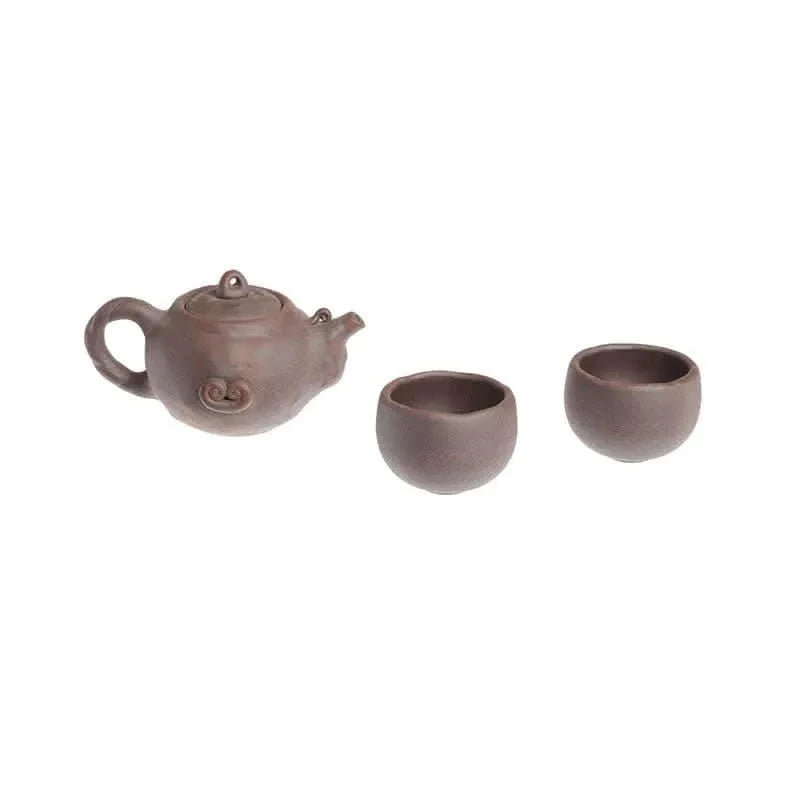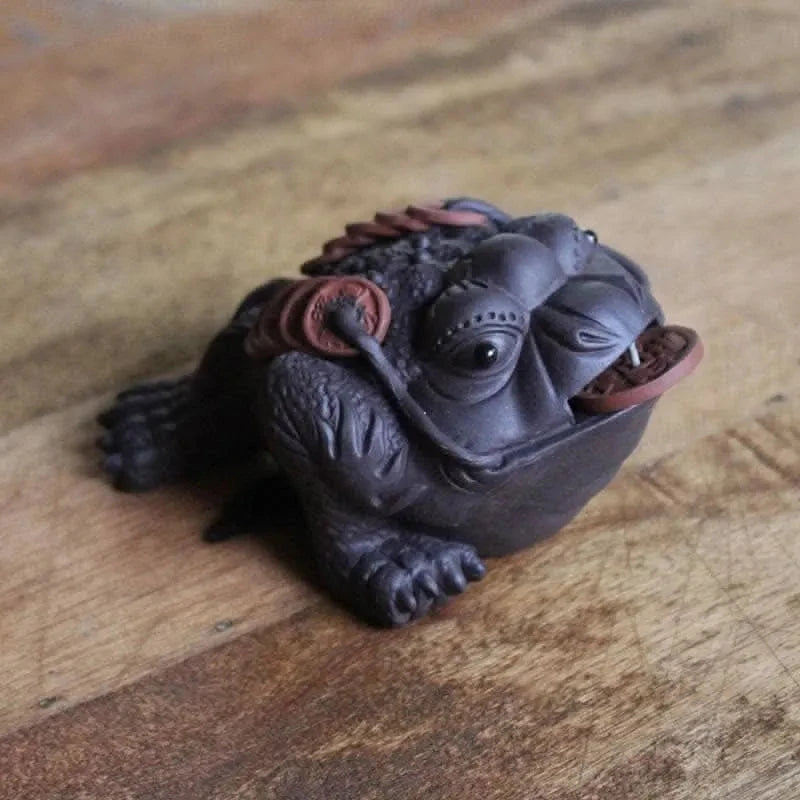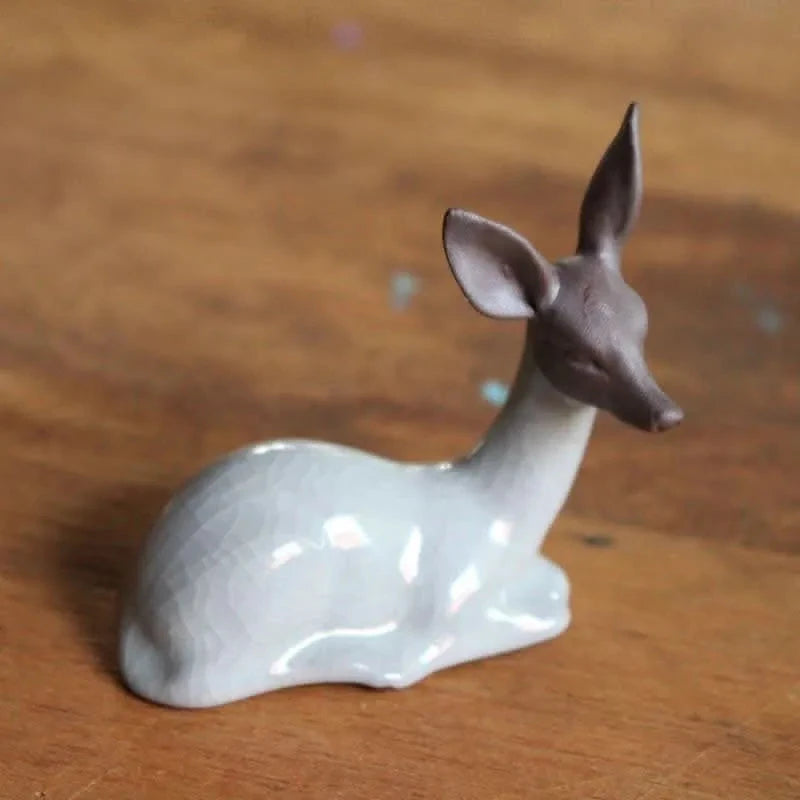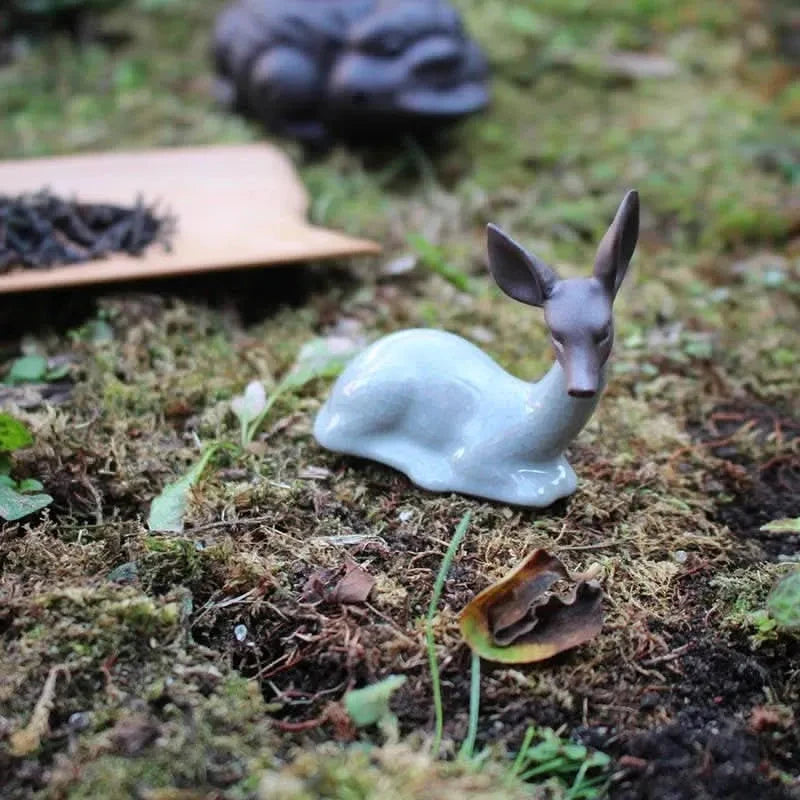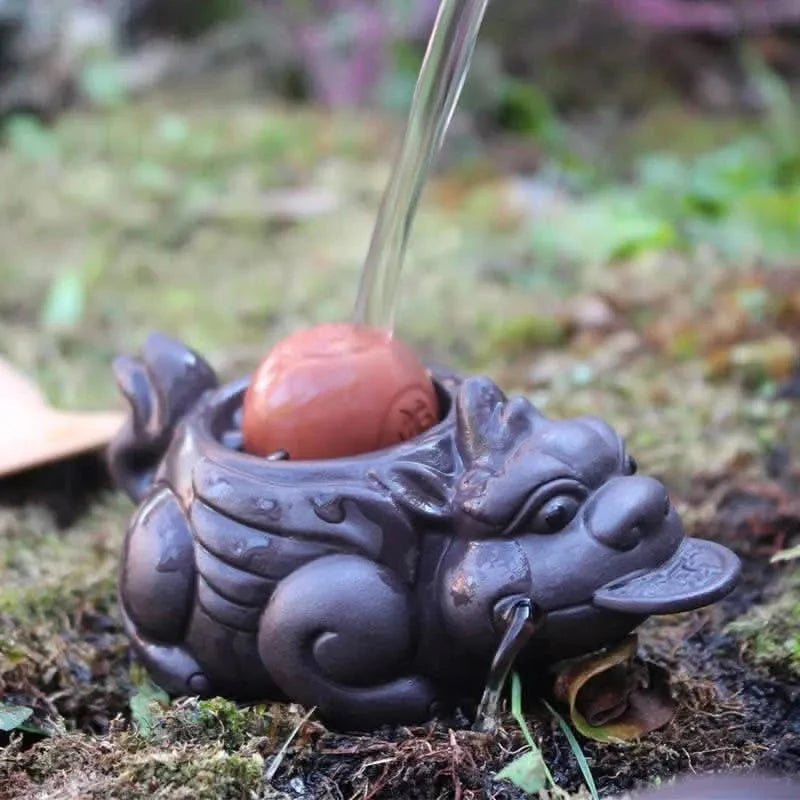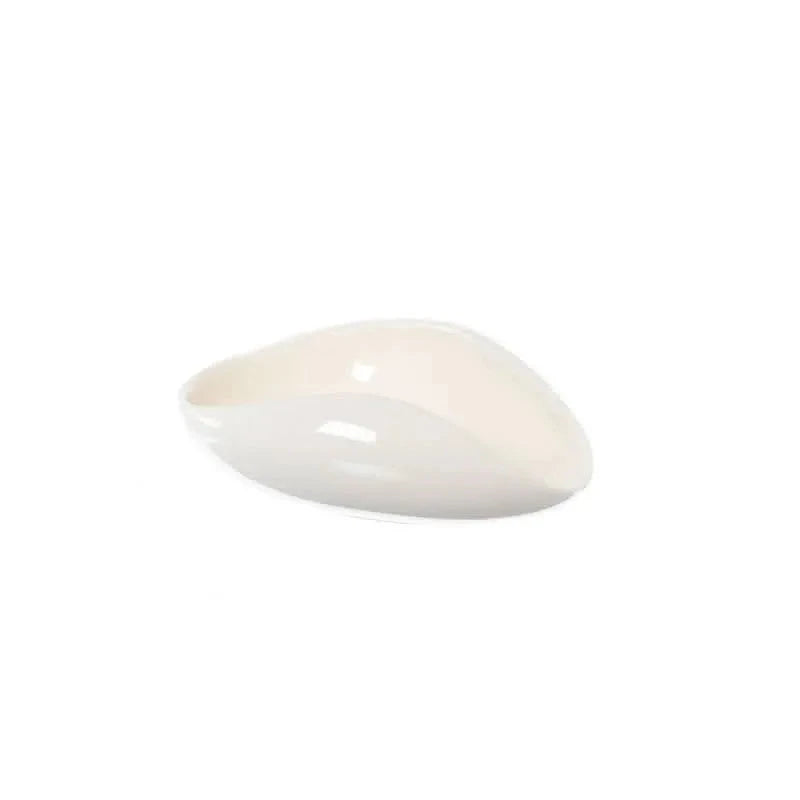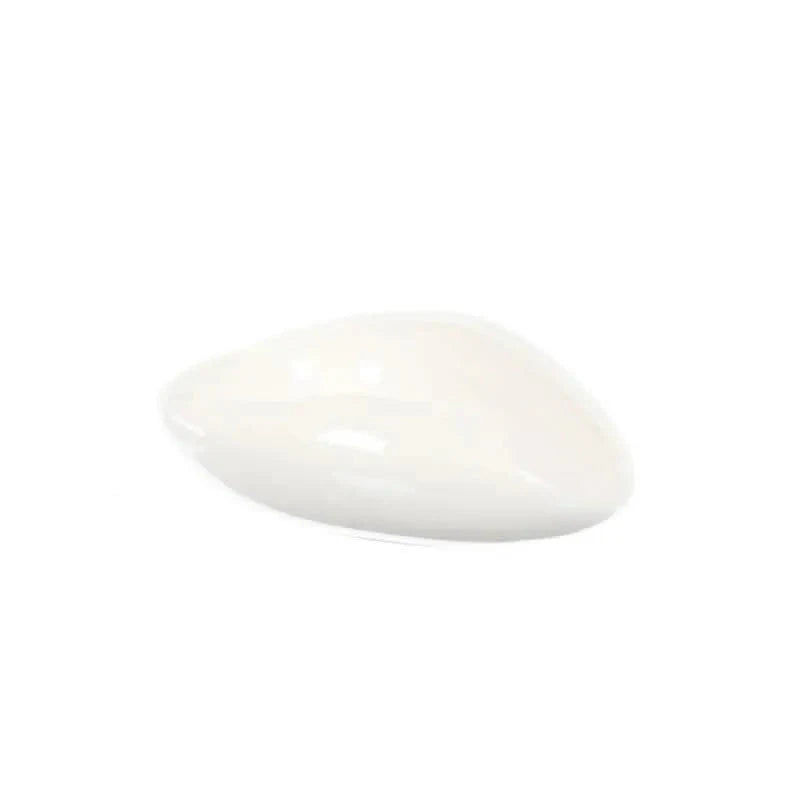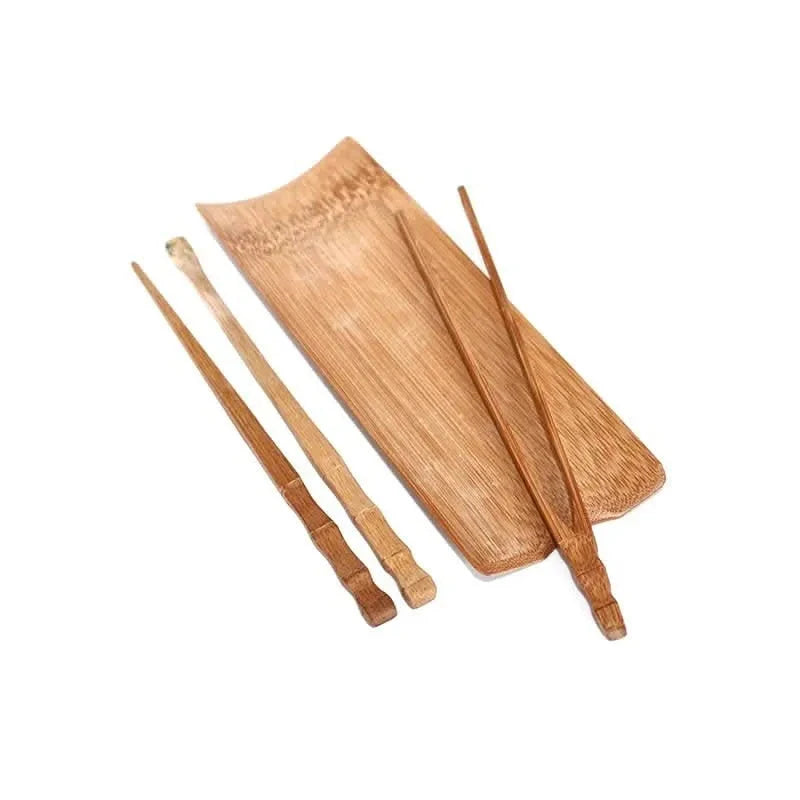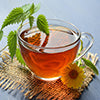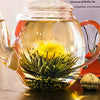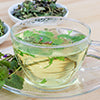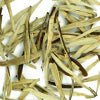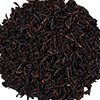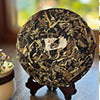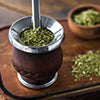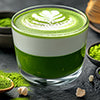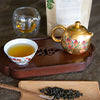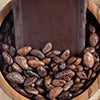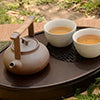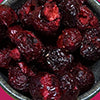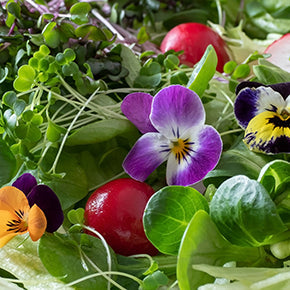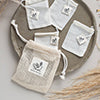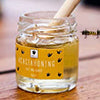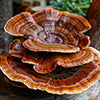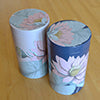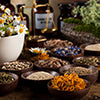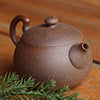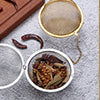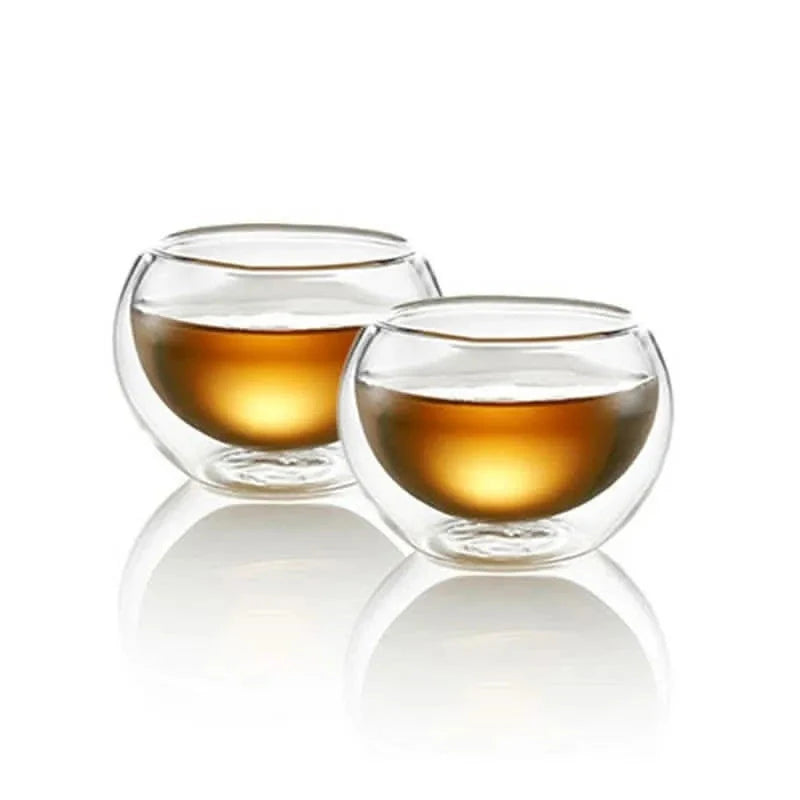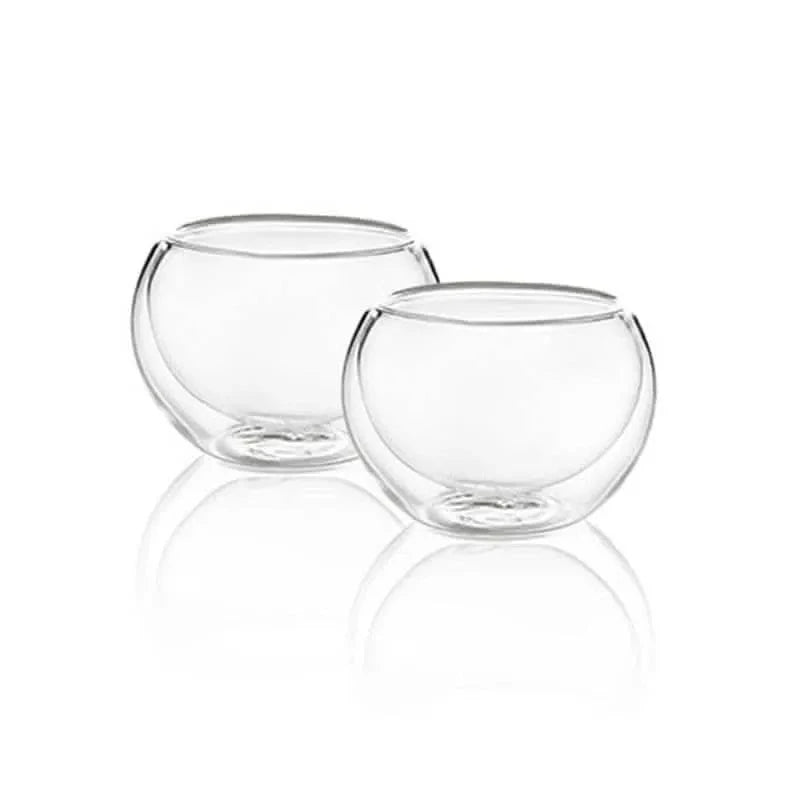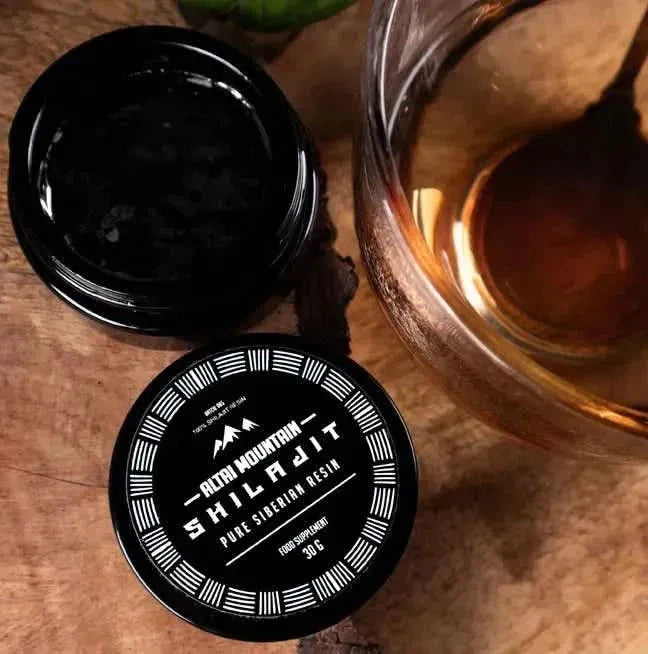Ceremonial Tea Set
Filter
Sort by:
Description
Ancient Origins and Philosophical Foundations of Traditional Tea Ceremonies
Tea ceremonies originated in ancient China over 5,000 years ago during Emperor Shennong's reign, evolving from medicinal practice to sophisticated cultural rituals. These ceremonies achieved unprecedented refinement during the Song Dynasty (960-1279 CE), when scholars documented techniques for "awakening" tea leaves through initial rinsing. The Ming Dynasty (1368-1644) introduced loose-leaf preparation and Gongfu ceremony techniques, alongside iconic Yixing clay teapots.
As tea culture spread across Asia, distinct ceremonial approaches emerged. Japanese tea preparation became linked with Zen Buddhism during the Kamakura period (1192-1333), when Buddhist monks brought both tea seeds and philosophical frameworks from China. Tea master Sen no Riky? later codified the Japanese ceremony around four core principles: harmony (wa), respect (kei), purity (sei), and tranquility (jaku).
Korean tea ceremonies (darye) developed a unique character emphasizing naturalism and simplicity, while Taiwanese ceremonies focus on the aromatic progression of high mountain oolongs. Each tradition reveals remarkable alignment between technical precision and cultural wisdom.
Types
Traditional Chinese Gongfu Tea Ceremony Equipment and Techniques
Chinese Gongfu ceremonies emphasize technical precision and skilled preparation. This method utilizes specific equipment including a brewing vessel (typically Yixing clay teapot), several small cups, a server pitcher, and various bamboo tools. Gongfu practitioners focus on controlled water temperature, precise leaf-to-water ratios, and multiple short infusions that reveal the tea's complete character through progression. The technique particularly excels with oolong and pu-erh teas.
Japanese Chanoyu: The Way of Tea Ceremonies and Culture
Japanese chanoyu (???) transforms tea preparation into a meditative practice centered on temporary retreat from worldly concerns. Practitioners use distinctive tools including the chasen (bamboo whisk), chawan (tea bowl), and chakin (linen cloth) to prepare matcha powder. Each movement follows prescribed sequences reflecting wabi-sabi aesthetics. The ceremony emphasizes mindful movement over technical extraction, though temperature control remains crucial.
Korean Darye Ceremonies: Natural Harmony in Tea Preparation
Korean darye ceremonies prioritize seasonal awareness and spontaneity over rigid structure. Practitioners often use locally foraged wild tea leaves requiring specific preparation methods. Temperature control follows natural cooling patterns through multiple vessel transfers, achieving optimal brewing temperatures (82-85°C) through observation rather than measurement. The aesthetic emphasizes harmony with natural elements and simplicity of preparation.
Taiwanese High Mountain Oolong Ceremonial Techniques
Taiwanese ceremonies highlight the complex character of high mountain oolongs through specialized methods. The distinctive dual-cup approach uses separate scent cups (wenxiangbei) alongside drinking cups, allowing appreciation of both aroma and taste individually. Initial rinse temperatures begin at 85°C for 3 seconds, followed by a crucial 20-second rest that allows tightly-rolled leaves to begin unfurling before the second rinse and proper infusion.
Benefits
Mindfulness Benefits: Attention and Presence in Ceremonial Tea
Tea ceremonies cultivate focused attention through deliberate movements and sensory engagement. Regular practice develops mindfulness comparable to meditation, with studies showing decreased stress markers and improved attention metrics among dedicated practitioners. The structured protocol creates space for mental decompression, with each step requiring full presence. This conscious slowing counteracts modern attention fragmentation and builds sustained focus capacity applicable beyond the ceremony itself.
Cognitive Enhancement Through Ceremonial Tea Preparation
The technical precision required in tea ceremonies activates cognitive pathways related to sequential processing, problem-solving, and sensory integration. Temperature management trains thermoreceptive awareness, while evaluation of leaf quality improves visual discrimination abilities. Water pouring techniques enhance proprioception and fine motor control. Long-term practitioners demonstrate measurable improvements in working memory, attention switching, and sensory processing cognitive benefits that transfer to professional and creative pursuits.
Social Connection and Relationship Benefits in Group Ceremonies
Shared tea ceremonies create structured social bonding through collective ritual engagement. The ceremony's turn-taking nature and focused cooperation develop interpersonal attunement. Historical texts reference tea gatherings as diplomatic tools precisely because they cultivate mutual respect and careful listening. Modern business adaptations in East Asia utilize these relationship-building aspects while maintaining technical precision, creating environments where authentic connections flourish through shared appreciation rather than performance pressure.
Physiological Relaxation: Parasympathetic Activation Patterns
Tea ceremony participation initiates documented parasympathetic nervous system responses, indicated by decreased heart rate, lowered blood pressure, and improved heart rate variability (HRV) metrics. The combined effects of focused breathing, gentle movement, and aromatic exposure trigger autonomous relaxation responses. These physiological patterns interrupt stress cycles and create resiliency against future stressors. Regular practice establishes beneficial autonomic conditioning that begins activating even during ceremony preparation, creating anticipatory relaxation responses.
Instructions
Optimal Water Specifications for Traditional Tea Ceremonies
Water composition significantly impacts tea extraction and flavor development. Ideal mineral content ranges between 150-250 parts per million (ppm) total dissolved solids, with calcium levels between 40-80 mg/L and magnesium between 20-30 mg/L providing optimal extraction conditions. pH levels should range from 7.0-7.5 for green teas, 7.2-7.8 for oolongs, and 7.5-8.0 for pu-erh varieties used in formal ceremonies.
Precise Temperature Control Methods for Ceremonial Brewing
Traditional temperature control relies on visual observation and sensory feedback. Small bubbles resembling fish eyes indicate temperatures around 70-80°C, while strings of pearl-like bubbles suggest 85-90°C. Height pouring techniques allow controlled cooling, where each 10cm of pouring height reduces water temperature by approximately 2-3°C through aeration. Multiple transfers between vessels provide both cooling and beneficial oxygenation effects.
Ceremonial Equipment Maintenance and Seasoning Protocols
Clay teapots require specific seasoning processes: initial cleaning with 90°C water, followed by three tea-brewing cycles using 50% more leaves than normal. Each brewing cycle extends 30% longer than standard steeping times to help tea oils penetrate the clay. Bamboo tools need regular care with 70°C water after each use, never soap, and monthly food-grade mineral oil treatment to preserve flexibility.
FAQs
